If you are reading this post, you probably want to use polished plaster on your walls. Polished plaster is elegant, timeless, eco-friendly, and stylish, making it one of the best materials for your walls. Builders have used it since the ancient times of Greece, and Italians used it in Venice during the renaissance period hence the name Venetian polished plaster. The best part is that polished plaster is versatile, lending itself to many applications in residential, commercial, and industrial buildings. But there is more to it than meets the eye, which we will discuss in this guide.
What is polished plaster?
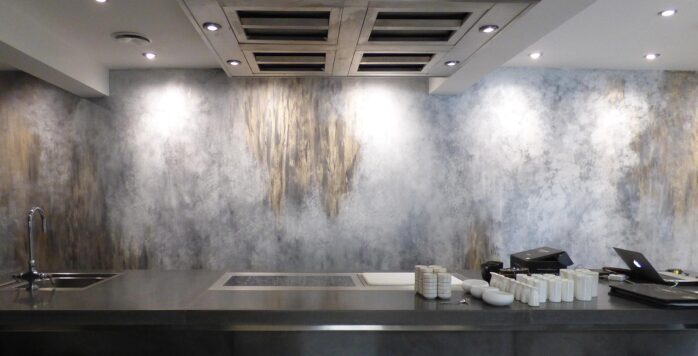
Polished plaster is a decorative wall finish made from lime putty and marble dust. The final look can seem like marble because of its high gloss finish, which explains why it is common on walls and ceilings. A wide range of polished plasters differs in texture, color, and origin. They are versatile and come in assorted finishes from glossy to matte, smooth to pitted.
Polished plaster is a luxurious choice for interior finishes, whether revamping your existing walls or building afresh. Since it is moisture resistant, you can use it in all rooms, even moisture-prone ones such as bathrooms, spas, showers, and other wet rooms.
One of the best things about polished plaster is that it is made of natural materials, making it eco-friendly and easy to maintain. Polished plaster can significantly surpass your expectations with good craftsmanship and skill.
Types of polished plaster
Venetian plaster
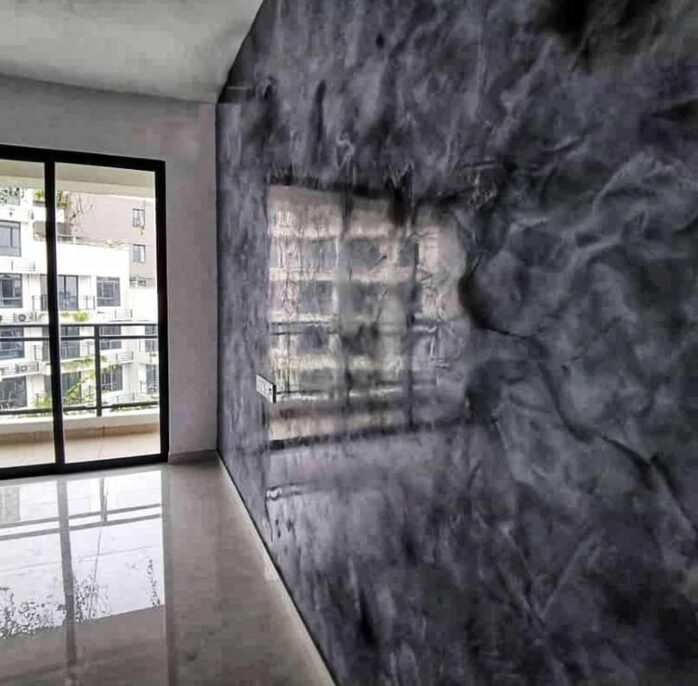
Venetian plaster features a marble-like high gloss finish and is one of the most popular types. It originated from Venice, so it is traditional Italian plaster. Marble dust is one of its components, although it has been modernized with other elements to make it more durable. The best part is that it reflects light better than other types making it the perfect decorative finish for walls, ceilings, archways, and columns. You can find more trends here.
Marmorino plaster
Marmorino is a lime-based plaster that contains high marble dust content, and it is created to reflect the intrinsic beauty of the Istrian stone. You can apply marmorino plaster in satin, gloss, and matte finishes, and with exemplary craftsmanship, you can achieve all sorts of textures.
Pitted plaster
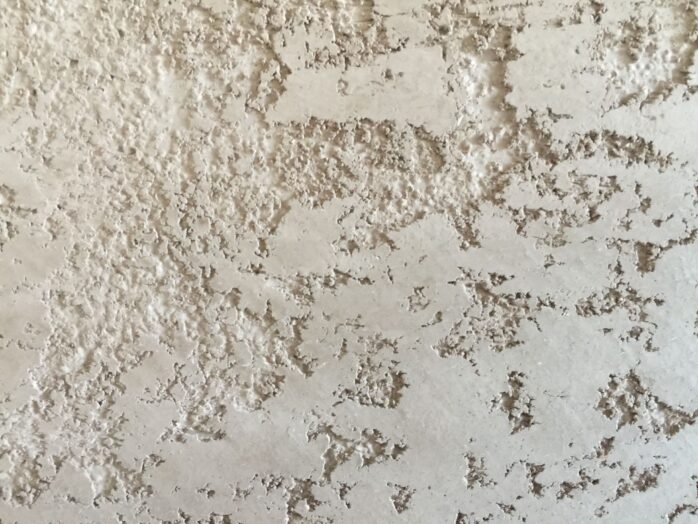
Pitted polished plaster is another highly versatile type, providing different levels of pitting, whether heavy or fine. You can also apply a pearl, metallic, or color wash to accentuate its final effect to something spectacular. However, it takes a skilled artisan to create a unique finish using pitted plaster.
Metallic plaster
Metallic polished plaster comes in handy if you want a luxurious finish on your walls and ceiling. It is one of the perfect finishes for minimalistic effects when well applied. Although it requires a high level of craftsmanship and skill, the investment is worth it.
Stucco/intona plaster
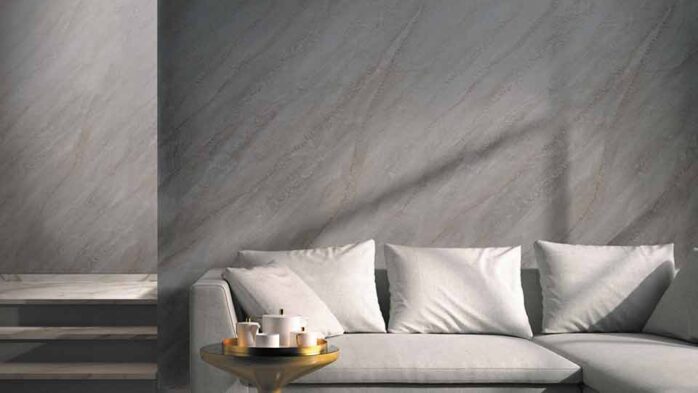
It produces a semi-sheen with a limestone-like finish, and it has the qualities of a highly polished limestone with a grainer look than Venetian plaster. If you need subtle quality, stucco is the ideal polished plaster to use, making it great for art galleries and walkways.
Smooth plaster
Smooth polished plaster is ideal if you want natural stone’s smooth, fantastic finish. This type of polished plaster delivers a smooth, uninterrupted finish with a free-flowing appeal making it suitable for minimalist spaces. You can apply it to your interior walls, whether a residential or commercial building.
Banding plaster
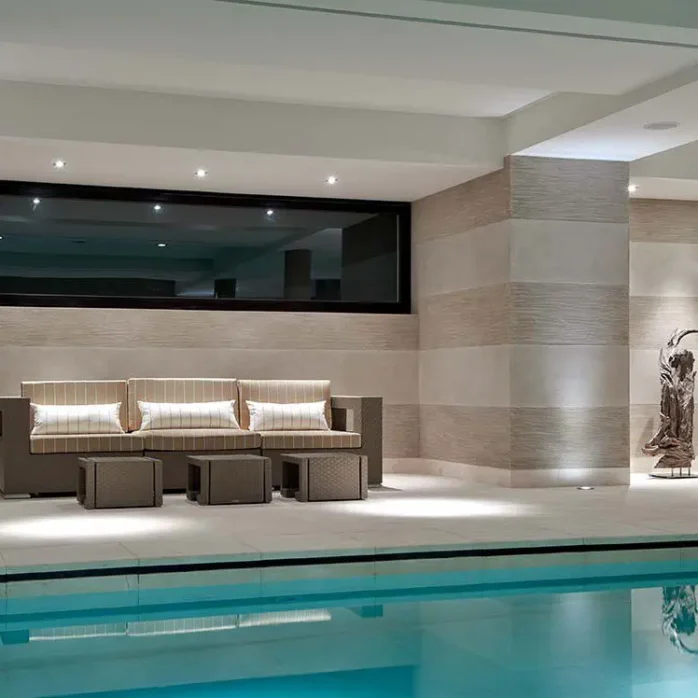
Banding plaster comes in handy for defining a specific area, underscoring an angle, or defining architectural features. The best part is that it is receptive to visually attractive material finishes such as metallics.
Logo plaster
As the name suggests, polished logo plaster is suitable for incorporating branding to your building elegantly and dramatically, leaving it memorable in the mind of whoever sees it. The builder can emboss or recess the logo to bring your branding to life. But whatever technique you choose, logo plaster requires a keen hand and attention to detail to achieve a perfect result.
Concrete plaster
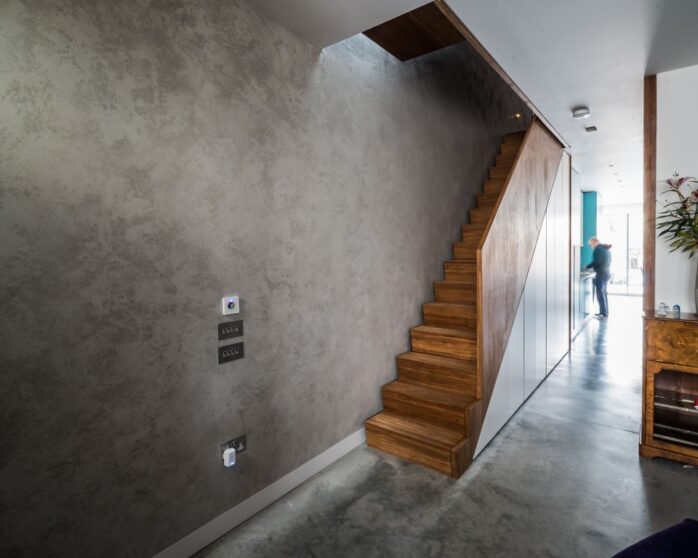
Concrete plaster resembles cast concrete with a rugged and natural look. Although the branding can influence the final look, a builder can customize it to enhance the look of weathered concrete.
Note that there are different brands of these plasters, so you should source a quality brand for the best results.
Advantages of polished plaster
There are many reasons to use polished plaster, whether on new or renovated walls. They include:
It is waterproof
Polished plaster produces a smooth waterproof finish, making it suitable for use in bathrooms, spas, showers, pools, and other moisture-prone rooms. You can add a protective wax coating to create a stronger waterproof seal. For a long-lasting result, you should apply a top coat from time to time. Waterproof also means it is resistant to mold and mildew growth, promoting a healthier living environment.
It has a breathable surface
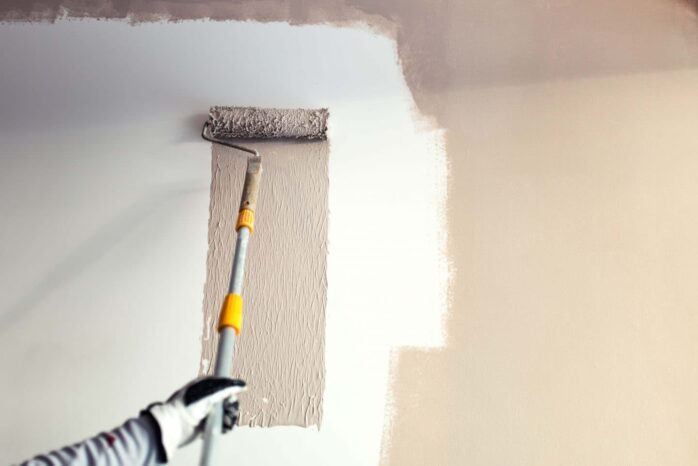
One of the reasons many homeowners choose polished plaster is because it has a breathable surface that regulates humidity. One of the key ingredients of polished plaster is lime which is alkaline and reduces moisture retention on the walls. That expands the lifespan of your walls and improves your indoor air quality.
It is low in volatile organic compounds
Polished plaster is made from natural and organic elements, so it is low in volatile organic compounds compared to other wall materials such as paint. Volatile organic compounds are the by-products released into the air by building materials such as chemical paint, and they can be harmful to your health. Unlike traditional paint, polished plaster is organic and odorless, so you don’t have to worry about nasty lingering smells after application.
Conclusion
Polished plaster is highly reliable whether you want to create the historic Venetian plaster walls or add a decorative finish to your walls. It accommodates a wide range of colors, textures, and designs to create unique finishes that stand out. With the right level of craftsmanship, polished plaster can create a sophisticated finish on your interior walls.
The post Your Ultimate Guide for Polished Plaster appeared first on FotoLog.
from FotoLog https://ift.tt/NlkfZ1J
via IFTTT


0 Comments